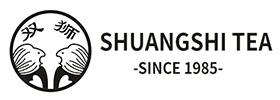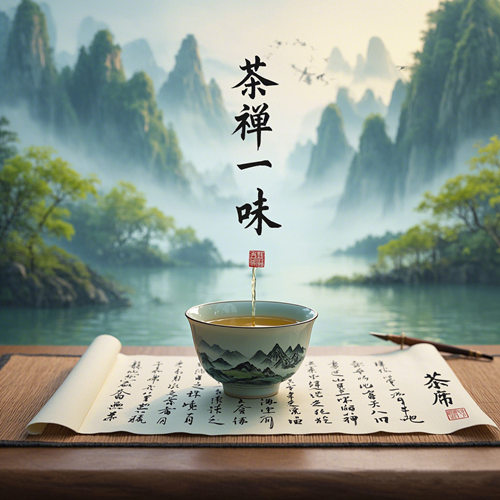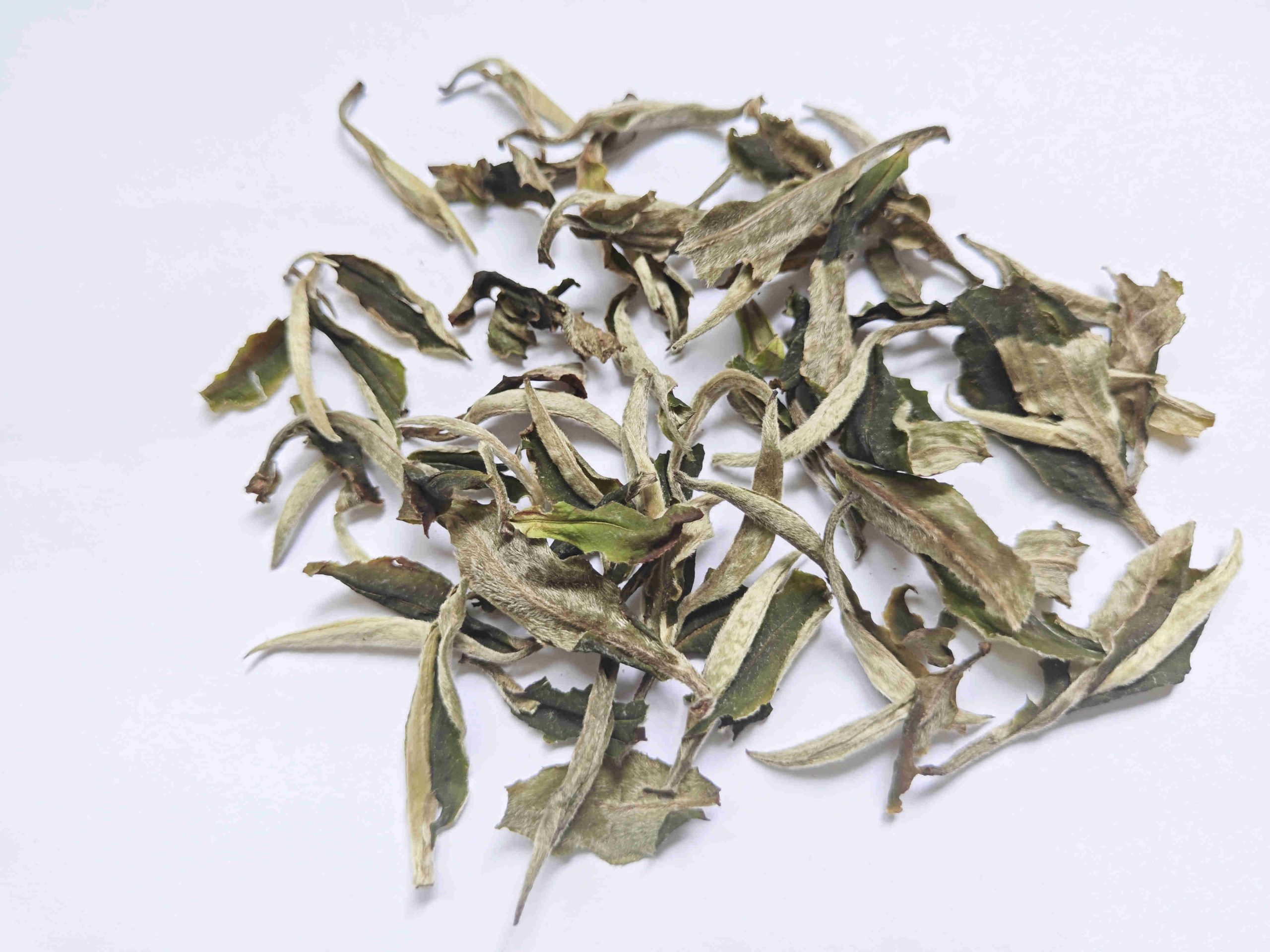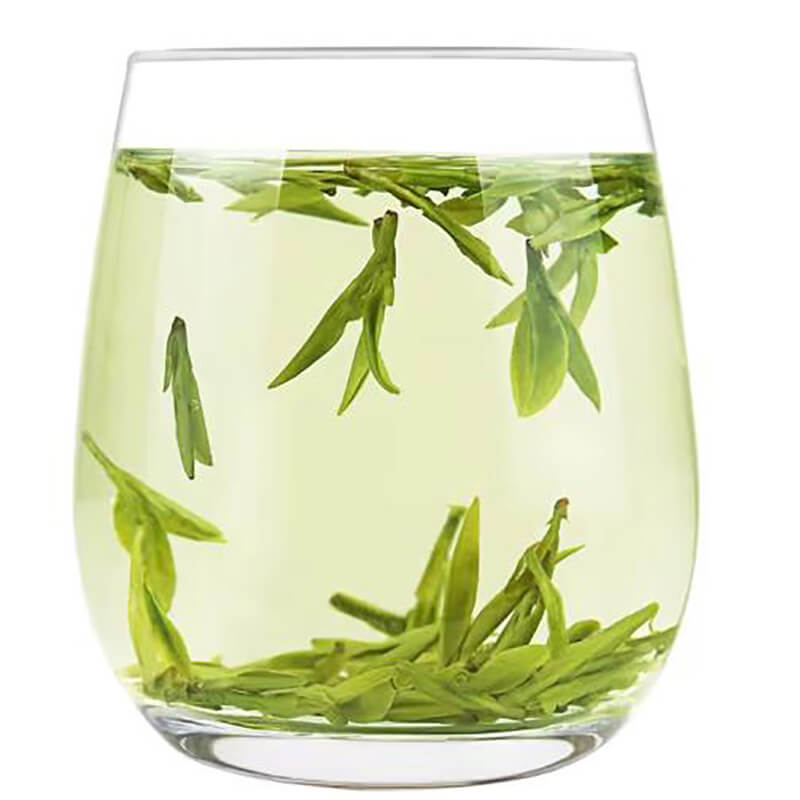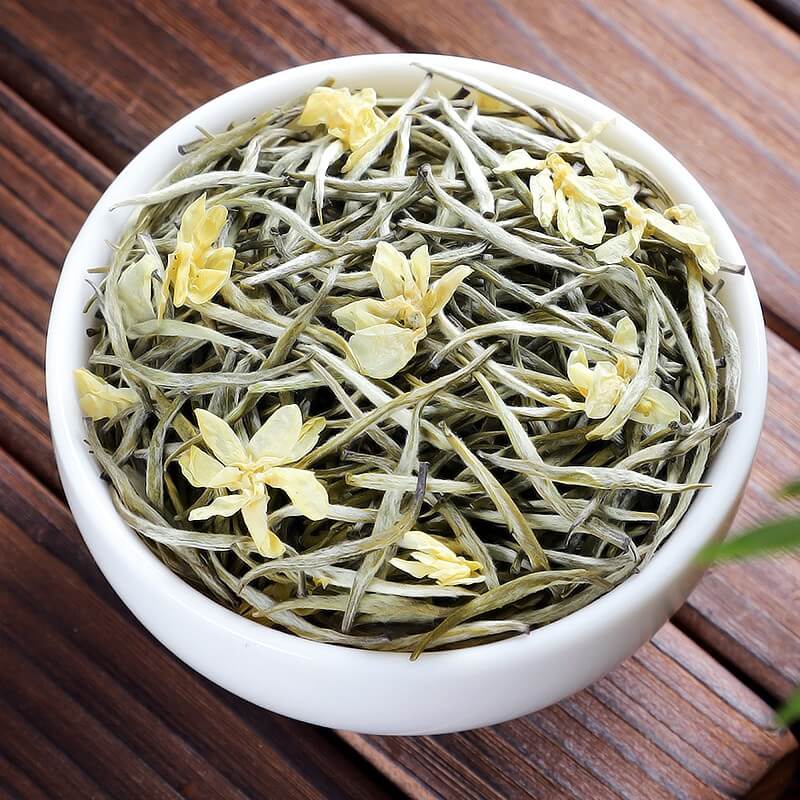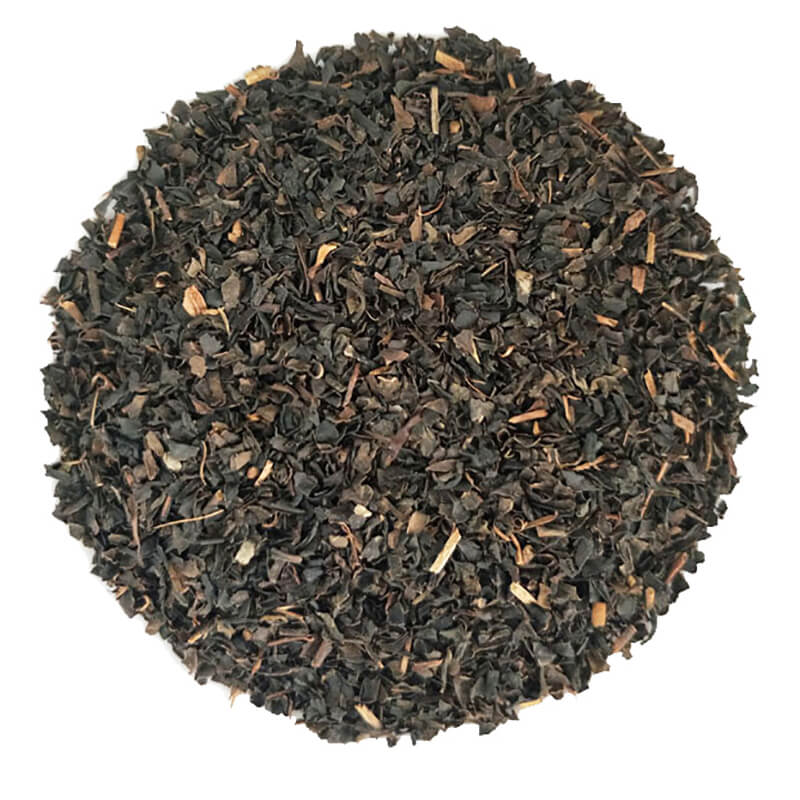West Lake Longjing, as a treasure of Chinese green tea, not only enjoys a worldwide reputation for its unique quality but also carries profound historical and cultural connotations.
This article will take you through time to explore the past and present of West Lake Longjing.
Origins and Early Development
The history of West Lake Longjing tea can be traced back to the Tang Dynasty, although it existed mainly in a wild state among the mountains surrounding West Lake in Hangzhou before then. During the Tang Dynasty, with the popularization of tea and the development of culture, Longjing tea began to attract attention. The famous “Tea Saint,” Lu Yu, mentioned in his The Classic of Tea, the world’s first book on tea, that the temples of Tianzhu and Lingyin in Hangzhou produced tea, marking the initial formation of the Longjing tea region.
By the Northern Song Dynasty, the development of Hangzhou promoted the recognition of Longjing tea. Famous teas from the Longjing tea region, such as Xianglin tea, Baiyun tea, and Baoyun tea, became tribute to the imperial court and gained fame. Su Dongpo, a renowned scholar of the Northern Song Dynasty, praised Longjing tea, further promoting its cultural dissemination. He wrote poems praising the exceptional quality of Longjing tea and inscribed plaques such as “Old Longjing,” which still exist today.
During the Southern Song Dynasty, Hangzhou, as the capital, flourished economically and culturally, and Longjing tea, with its superior quality, was deeply loved by the imperial court and scholars. In the Yuan Dynasty, the quality of Longjing tea further improved, and its reputation spread across the country. Yu Bosheng, a tea enthusiast of the Yuan Dynasty, wrote poems about visiting Longjing, depicting the scene of monks and hermits drinking tea and enjoying the scenery in the Longjing area.
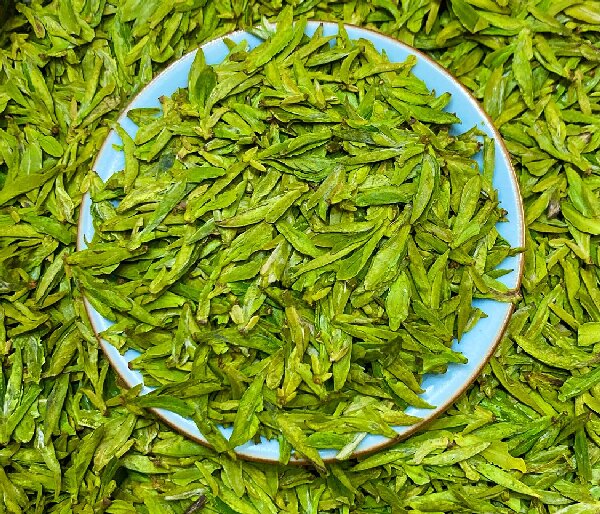
The Glory of the Ming and Qing Dynasties
The Ming Dynasty was a crucial period for the development of Longjing tea. Advances in tea processing technology and trade prosperity made Longjing tea famous throughout China. Longjing tea left the monasteries and became a daily drink for ordinary people. The Zhejiang Gazetteer of the Ming Jiajing period recorded that “the teas of Hangzhou are generally inferior to those produced in Longjing, and the fine buds picked before the Grain Rain festival, with one leaf and one bud, are especially precious. The production is not abundant, which explains its preciousness.” The Gazetteer of Hangzhou Prefecture of the Ming Wanli period also stated that “Old Longjing produces tea, which is the best in the two mountains.”
During the Qing Dynasty, Longjing tea reached its peak. Emperor Qianlong visited the Longjing tea region multiple times and designated the eighteen tea trees in front of Hugong Temple as “imperial tea,” making it a representative of Chinese green tea. Scholar Hao Yizi of the Qing Dynasty wrote that among the famous teas, there were “Longjing tea from Zhejiang, Jiepian tea from Jiangnan, and Wuyi tea from Fujian,” highlighting Longjing tea’s status at that time.
Changes from the Republic of China to the Present
During the Republic of China period, the production of Longjing tea increased, and its international status rose. However, war and political unrest brought difficulties to the industry. After the founding of the People’s Republic of China, the Longjing tea industry underwent nationalization and collectivization, improving its quality. Government support promoted the rapid development of the industry. After the reform and opening-up, the Longjing tea industry moved towards privatization and marketization, facing new challenges and opportunities. Growing market demand and quality pursuit provided development opportunities for the industry, but international competition and trade barriers also posed pressures.
In contemporary society, West Lake Longjing tea is not only a traditional famous tea in China but also an important part of world tea culture. Traditional production techniques and drinking culture have been preserved, while new processes and drinking methods have emerged continuously. The development of tourism has promoted the integration of the Longjing tea industry and tourism. Visitors can visit tea gardens, experience tea processing, taste Longjing tea, and other activities, which have promoted the development of the industry and also flourished the local tourism industry.
West Lake Longjing tea, with its long history, unique quality, and profound cultural heritage, has become a bright pearl in Chinese tea culture. It is not only a representative of Chinese green tea but also a treasure of world tea culture.
